Our History
1667
Two clay pots, still on display today at Herdade das Servas.
Tomé Francisco, Luís Serrano Mira’s 13th grandfather, paid a rent on a vineyard in the coutos of Vila Viçosa. At the time, he also owned three other vineyards.
1667
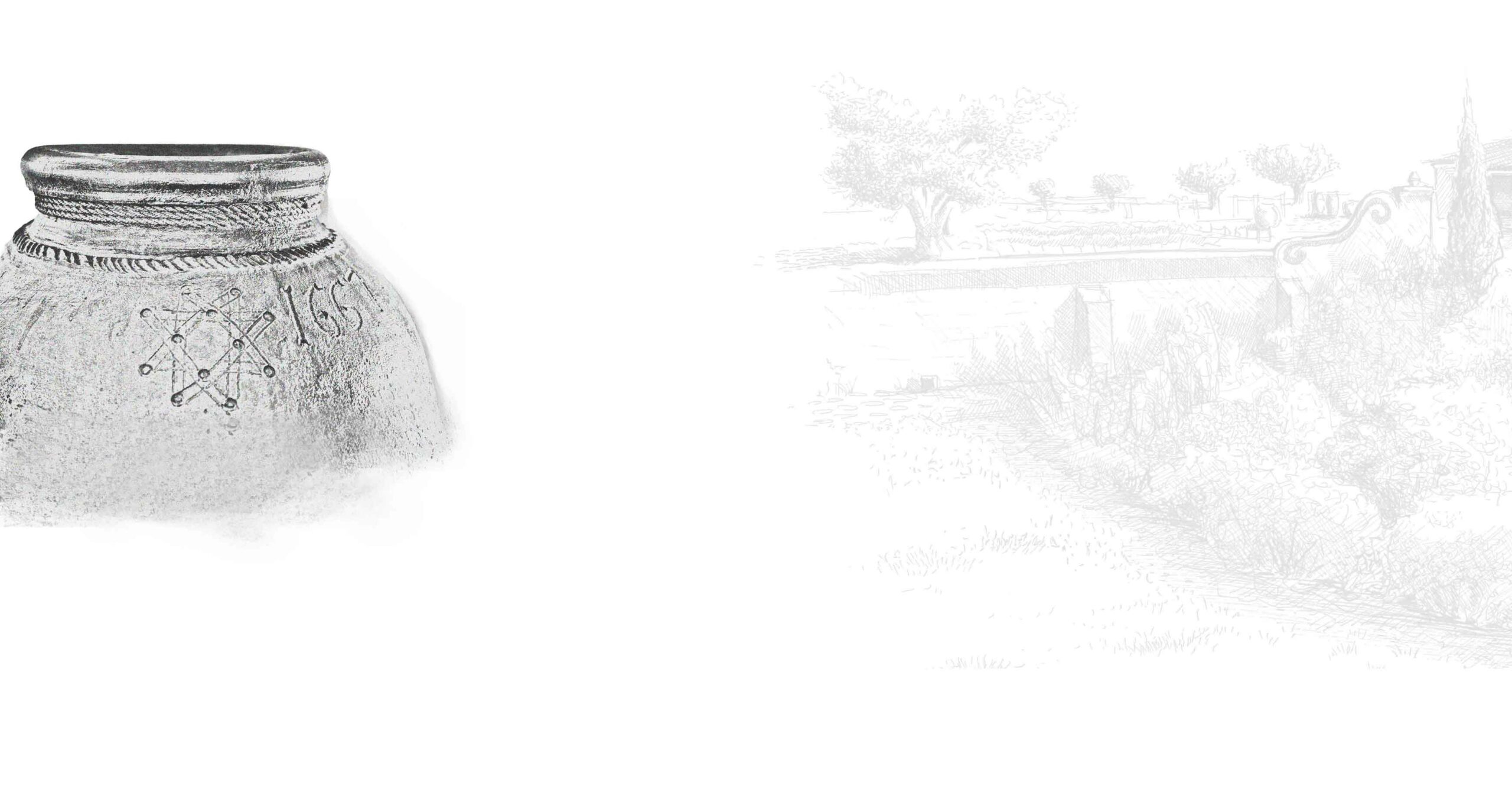
Two clay pots, still on display today at Herdade das Servas.
Tomé Francisco, Luís Serrano Mira’s 13th grandfather, paid a rent on a vineyard in the coutos of Vila Viçosa. At the time, he also owned three other vineyards.
1667

Two clay pots, still on display today at Herdade das Servas.
Tomé Francisco, Luís Serrano Mira’s 13th grandfather, paid a rent on a vineyard in the coutos of Vila Viçosa. At the time, he also owned three other vineyards.
1677
Luis Cortes, Luis Serrano Mira’s 11th grandfather, asked the nuns of the Servas Convent (Borba) for a loan and left a vineyard that was part of his estate as a mortgage.
1677
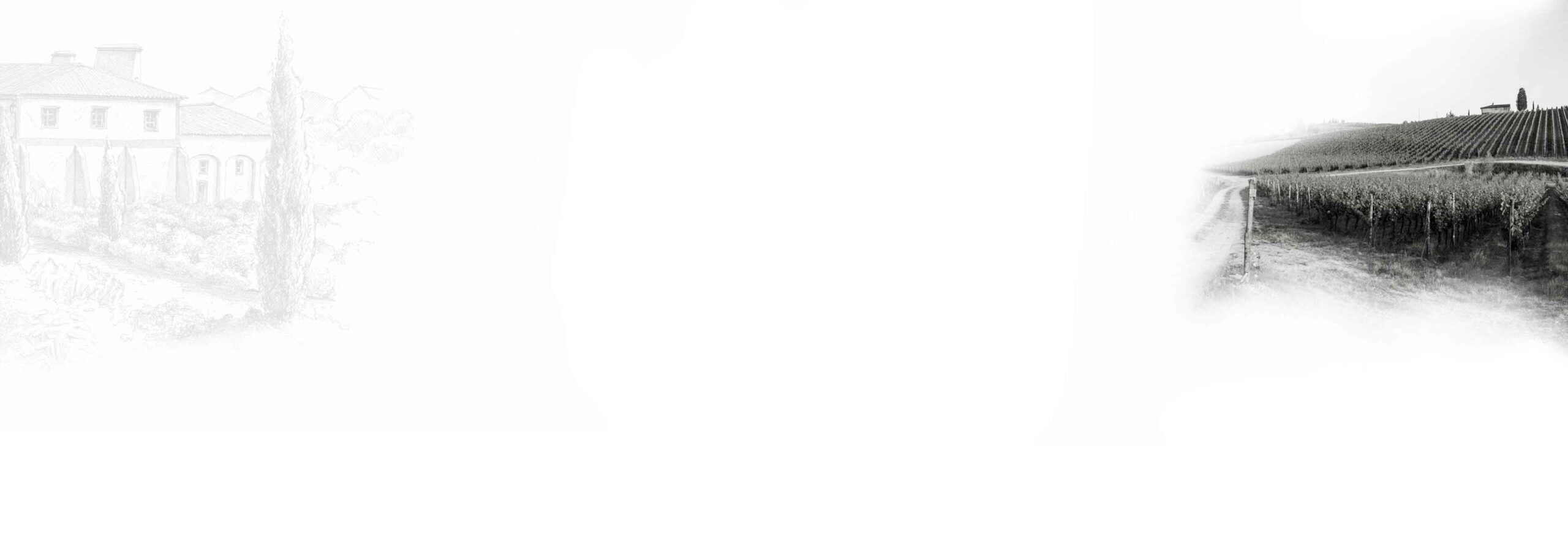
Luis Cortes, Luis Serrano Mira’s 11th grandfather, asked the nuns of the Servas Convent (Borba) for a loan and left a vineyard that was part of his estate as a mortgage.
1677

Luis Cortes, Luis Serrano Mira’s 11th grandfather, asked the nuns of the Servas Convent (Borba) for a loan and left a vineyard that was part of his estate as a mortgage.
1763
Manuel Rodrigues Proença, Luís Serrano Mira’s eighth grandfather, a notable winemaker, paid taxes for owning four vineyards, a winery and a considerable amount of vines.
1763
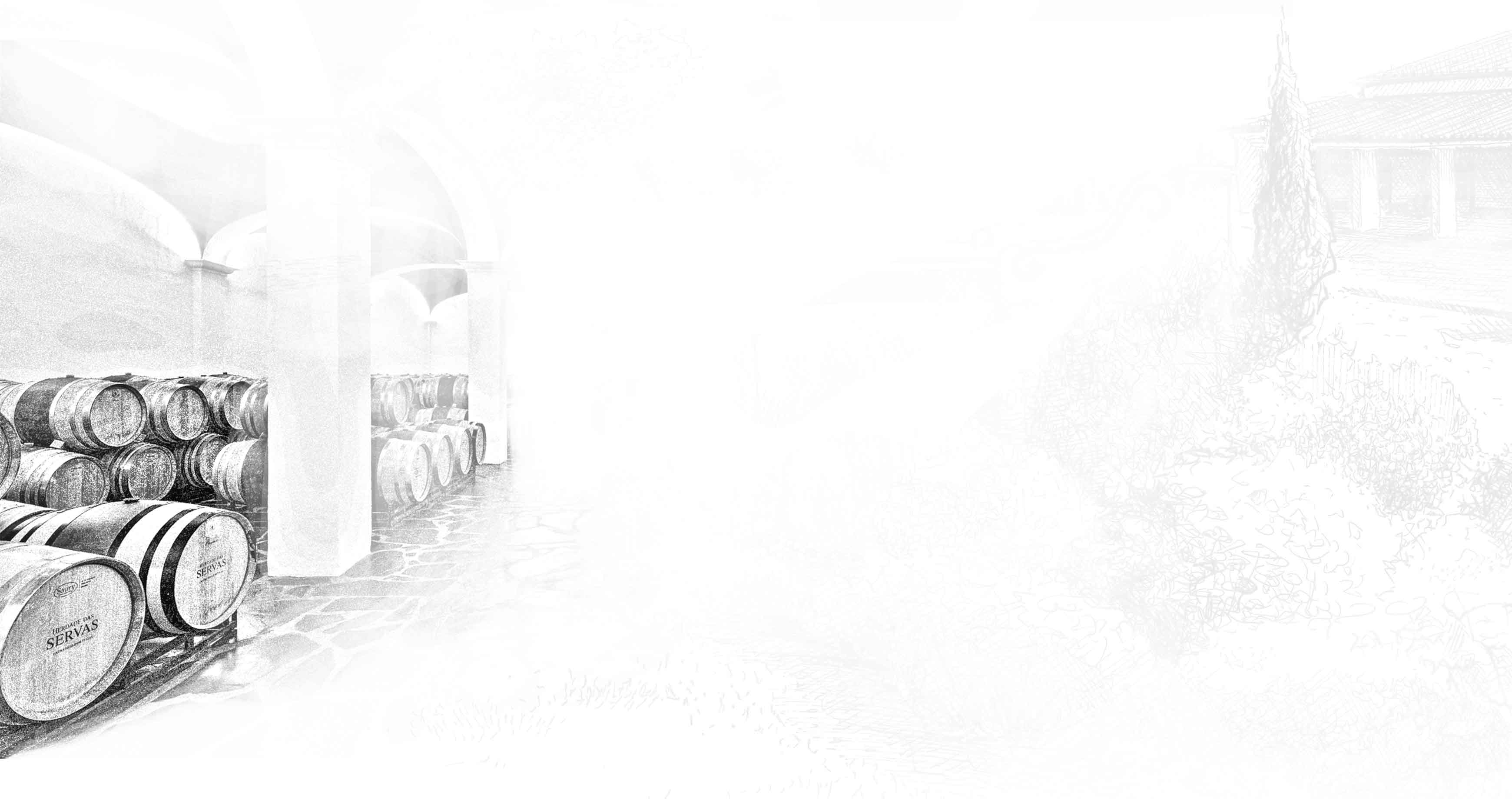
Manuel Rodrigues Proença, Luís Serrano Mira’s eighth grandfather, a notable winemaker, paid taxes for owning four vineyards, a winery and a considerable amount of vines.
1763

Manuel Rodrigues Proença, Luís Serrano Mira’s eighth grandfather, a notable winemaker, paid taxes for owning four vineyards, a winery and a considerable amount of vines.
1766
Manuel Gonçalves Tavares, 9th grandfather of Luís Serrano Mira, one of the largest wine producers in the town of Borba, is one of the five representatives of the municipality who are sending a petition to the King to safeguard the protection, enhancement and quality of Borba wine.
1766
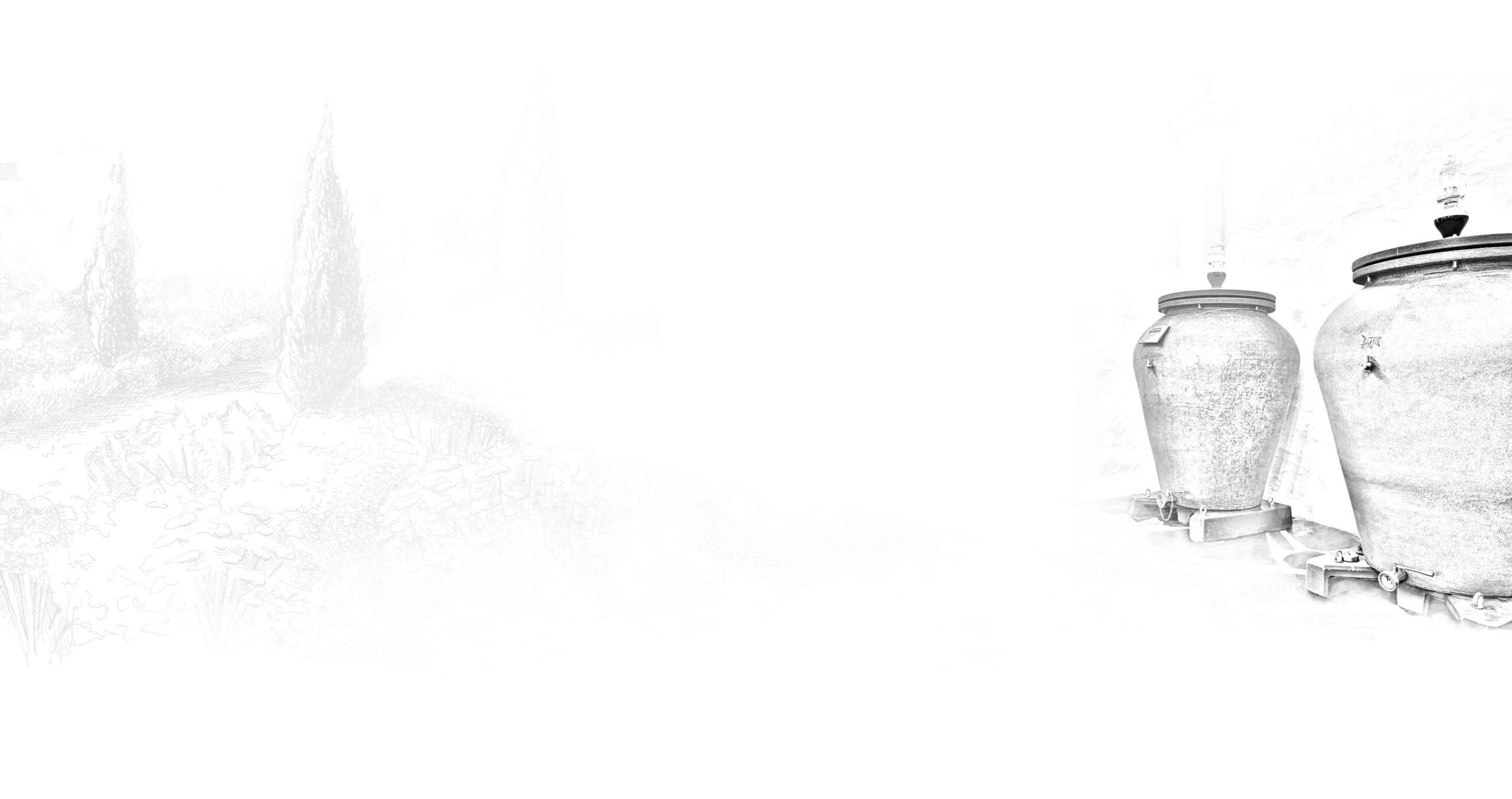
Manuel Gonçalves Tavares, 9th grandfather of Luís Serrano Mira, one of the largest wine producers in the town of Borba, is one of the five representatives of the municipality who are sending a petition to the King to safeguard the protection, enhancement and quality of Borba wine.
1766

Manuel Gonçalves Tavares, 9th grandfather of Luís Serrano Mira, one of the largest wine producers in the town of Borba, is one of the five representatives of the municipality who are sending a petition to the King to safeguard the protection, enhancement and quality of Borba wine.
1811
João Martins Frade, Luís Serrano Mira’s 7th grandfather, had stored 2,375.15 almudes of the previous year’s wine production in his cellar.
These numbers made him one of the largest producers in the municipality of Estremoz.
1811

João Martins Frade, Luís Serrano Mira’s 7th grandfather, had stored 2,375.15 almudes of the previous year’s wine production in his cellar.
These numbers made him one of the largest producers in the municipality of Estremoz.
1811

João Martins Frade, Luís Serrano Mira’s 7th grandfather, had stored 2,375.15 almudes of the previous year’s wine production in his cellar.
These numbers made him one of the largest producers in the municipality of Estremoz.
1870
Year of the death of Manuel Ramos Ramalho, Luís Serrano Mira’s 5th grandfather.
A great landowner, farmer and wine producer, this ancestor would leave behind twenty-nine clay pots in his cellars (with more than 400 almudes of wine inside) and countless vineyards located in the parishes of Arcos and Glória (Estremoz).
1870
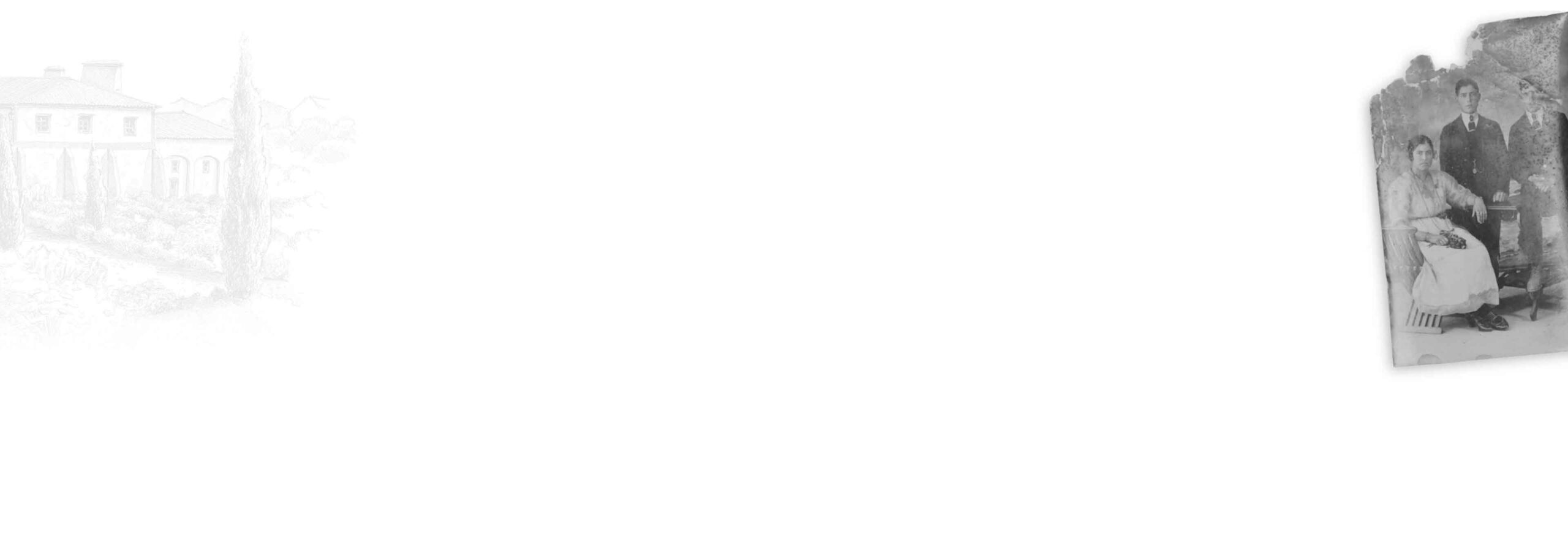
Year of the death of Manuel Ramos Ramalho, Luís Serrano Mira’s 5th grandfather.
A great landowner, farmer and wine producer, this ancestor would leave behind twenty-nine clay pots in his cellars (with more than 400 almudes of wine inside) and countless vineyards located in the parishes of Arcos and Glória (Estremoz).
1870

Year of the death of Manuel Ramos Ramalho, Luís Serrano Mira’s 5th grandfather.
A great landowner, farmer and wine producer, this ancestor would leave behind twenty-nine clay pots in his cellars (with more than 400 almudes of wine inside) and countless vineyards located in the parishes of Arcos and Glória (Estremoz).
1940
Manuel Joaquim Mira, Luís Serrano Mira’s grandfather, as well as owning several vineyards, was the first to sell bottled wine.
1940
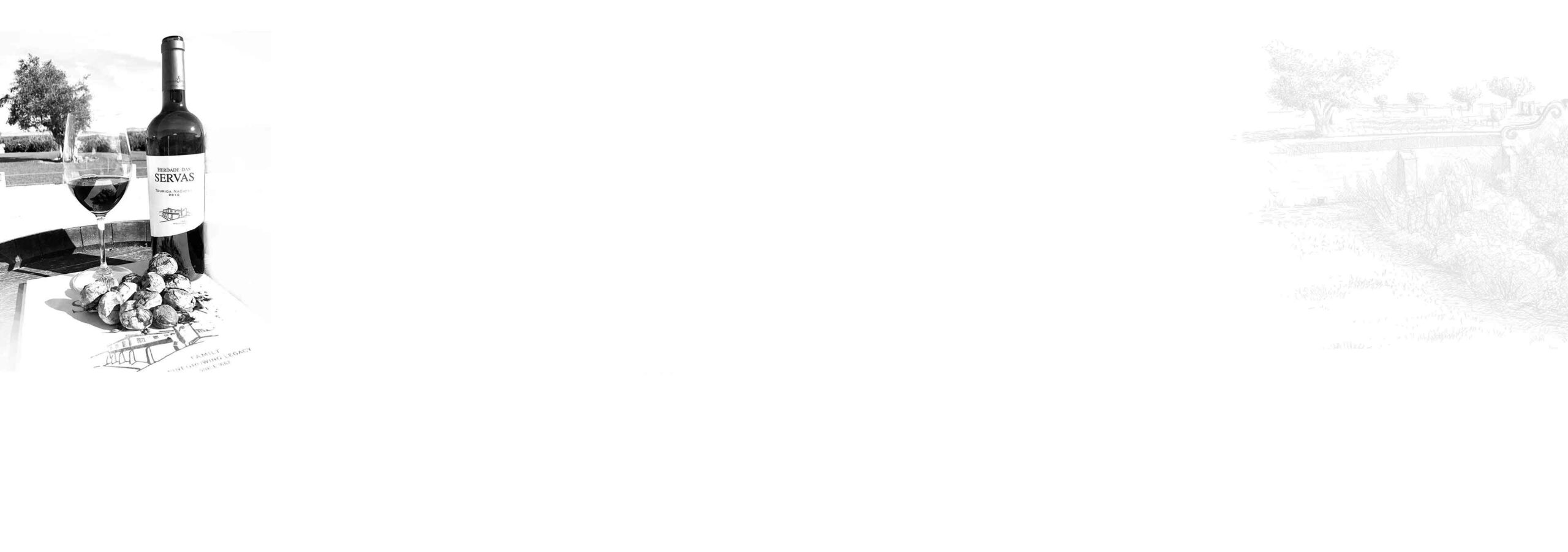
Manuel Joaquim Mira, Luís Serrano Mira’s grandfather, as well as owning several vineyards, was the first to sell bottled wine.
1940

Manuel Joaquim Mira, Luís Serrano Mira’s grandfather, as well as owning several vineyards, was the first to sell bottled wine.
1955
Barnabé Ramalho, Luís Serrano Mira’s great-grandfather, was one of the founders of one of the largest wineries in the Alentejo. His cousin, José João Barroso Jr., son of José João Barroso (also Luís’ great-grandfather) was another of the founding partners.
1955

Barnabé Ramalho, Luís Serrano Mira’s great-grandfather, was one of the founders of one of the largest wineries in the Alentejo. His cousin, José João Barroso Jr., son of José João Barroso (also Luís’ great-grandfather) was another of the founding partners.
1955

Barnabé Ramalho, Luís Serrano Mira’s great-grandfather, was one of the founders of one of the largest wineries in the Alentejo. His cousin, José João Barroso Jr., son of José João Barroso (also Luís’ great-grandfather) was another of the founding partners.
1968
Francisco José Barroso Mira, Luís Serrano Mira’s father, founded a winery with his brother, thus continuing the family’s ancestral business.
Years later, his children founded their own winery, continuing the family legacy.
1968
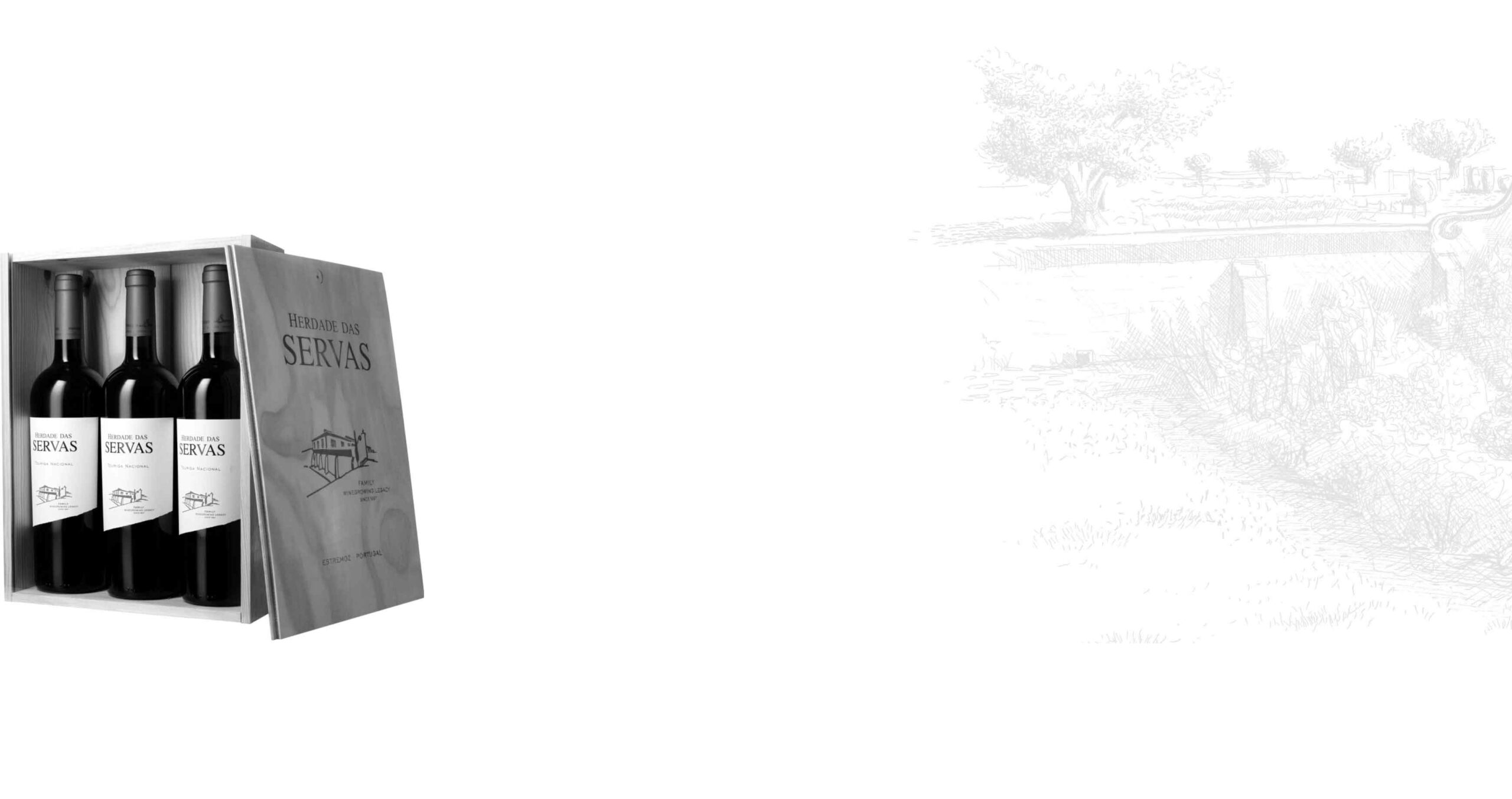
Francisco José Barroso Mira, Luís Serrano Mira’s father, founded a winery with his brother, thus continuing the family’s ancestral business.
Years later, his children founded their own winery, continuing the family legacy.
1968

Francisco José Barroso Mira, Luís Serrano Mira’s father, founded a winery with his brother, thus continuing the family’s ancestral business.
Years later, his children founded their own winery, continuing the family legacy.
1998
The company Serrano Mira, sociedade vitivinícola, S.A., owner of Herdade das Servas, is born
1998
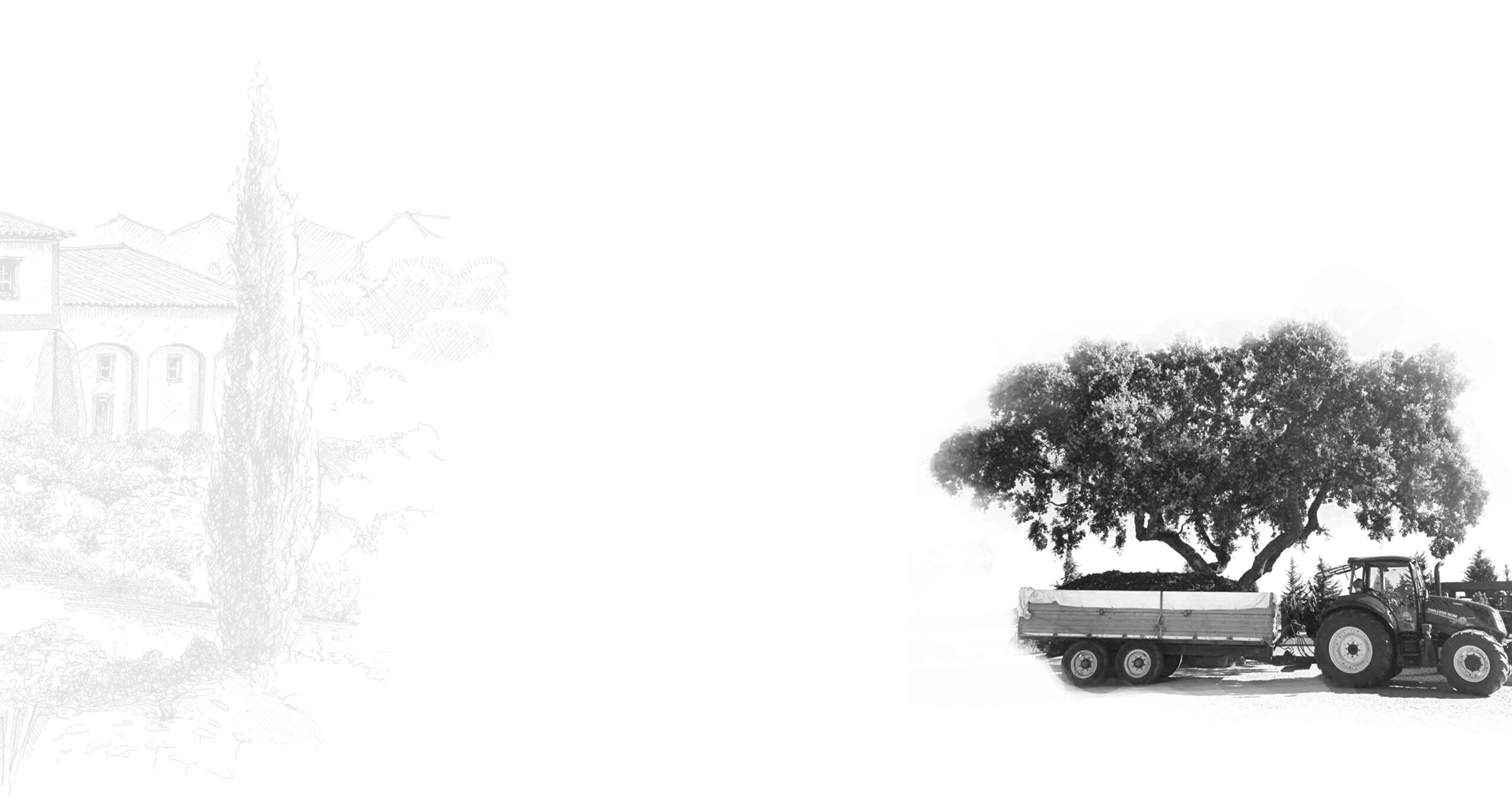
The company Serrano Mira, sociedade vitivinícola, S.A., owner of Herdade das Servas, is born
1998

The company Serrano Mira, sociedade vitivinícola, S.A., owner of Herdade das Servas, is born
2001
Construction of the new building and winery at Herdade das Servas, with 70 hectares of vineyards in Estremoz.
Opening the store to the public and creating wine tourism programs with guided tours and wine tastings.
2001
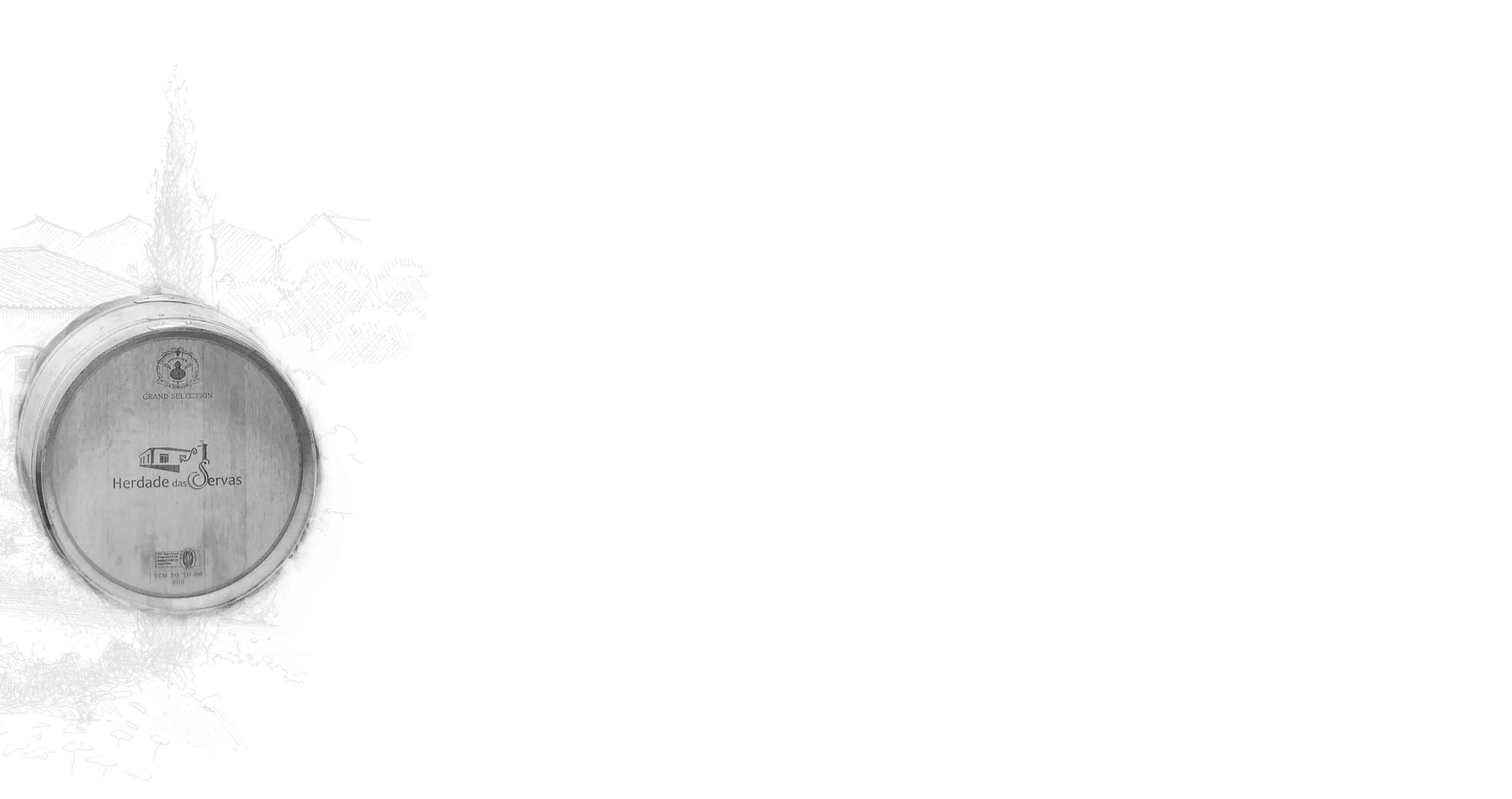
Construction of the new building and winery at Herdade das Servas, with 70 hectares of vineyards in Estremoz.
Opening the store to the public and creating wine tourism programs with guided tours and wine tastings.
2001

Construction of the new building and winery at Herdade das Servas, with 70 hectares of vineyards in Estremoz.
Opening the store to the public and creating wine tourism programs with guided tours and wine tastings.
2005
Expansion of own vineyards to 150 hectares.
2005
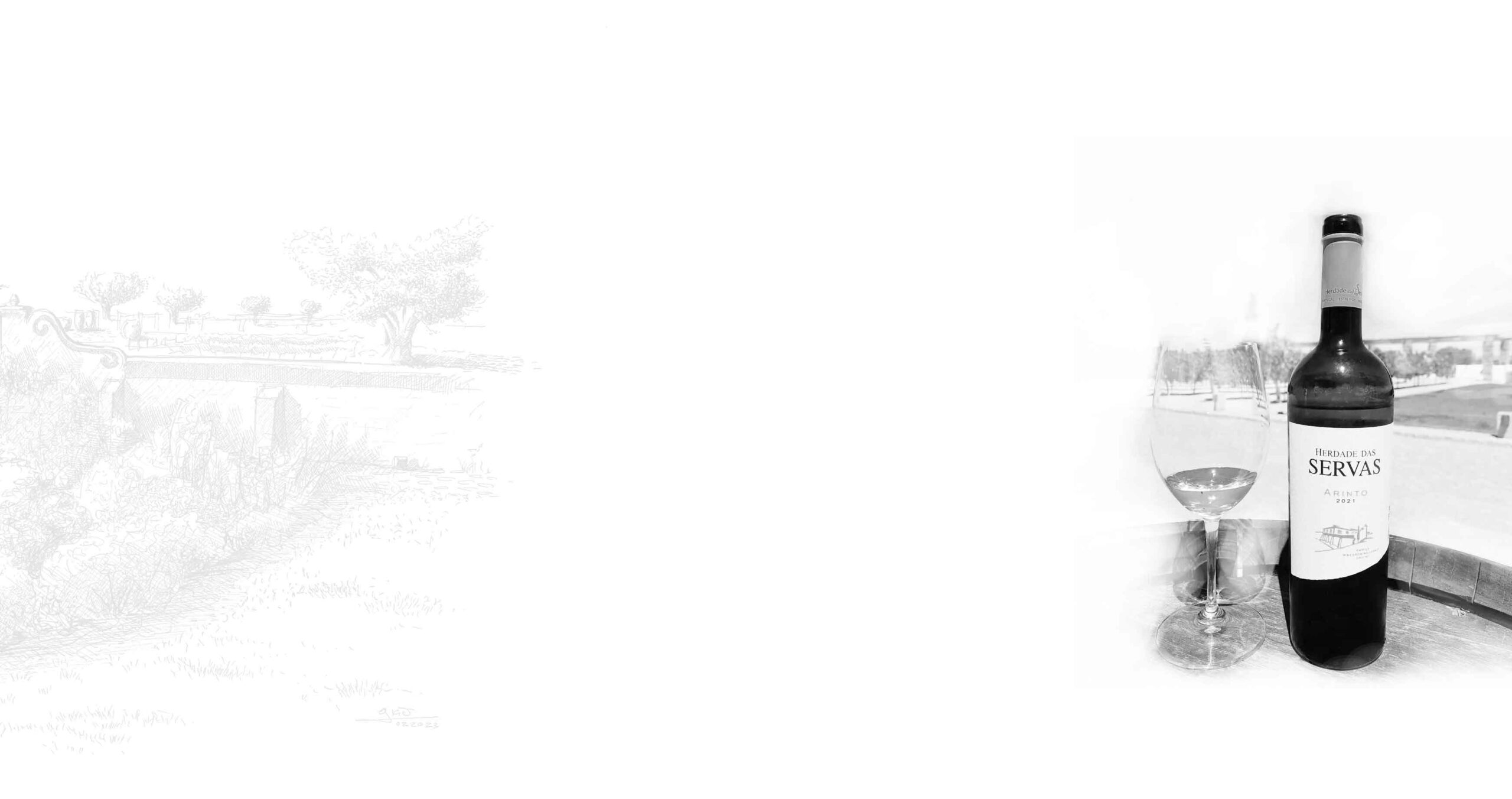
Expansion of own vineyards to 150 hectares.
2005

Expansion of own vineyards to 150 hectares.
2007
We planted 50 hectares of vines, bringing our total area to 200 hectares.
2007
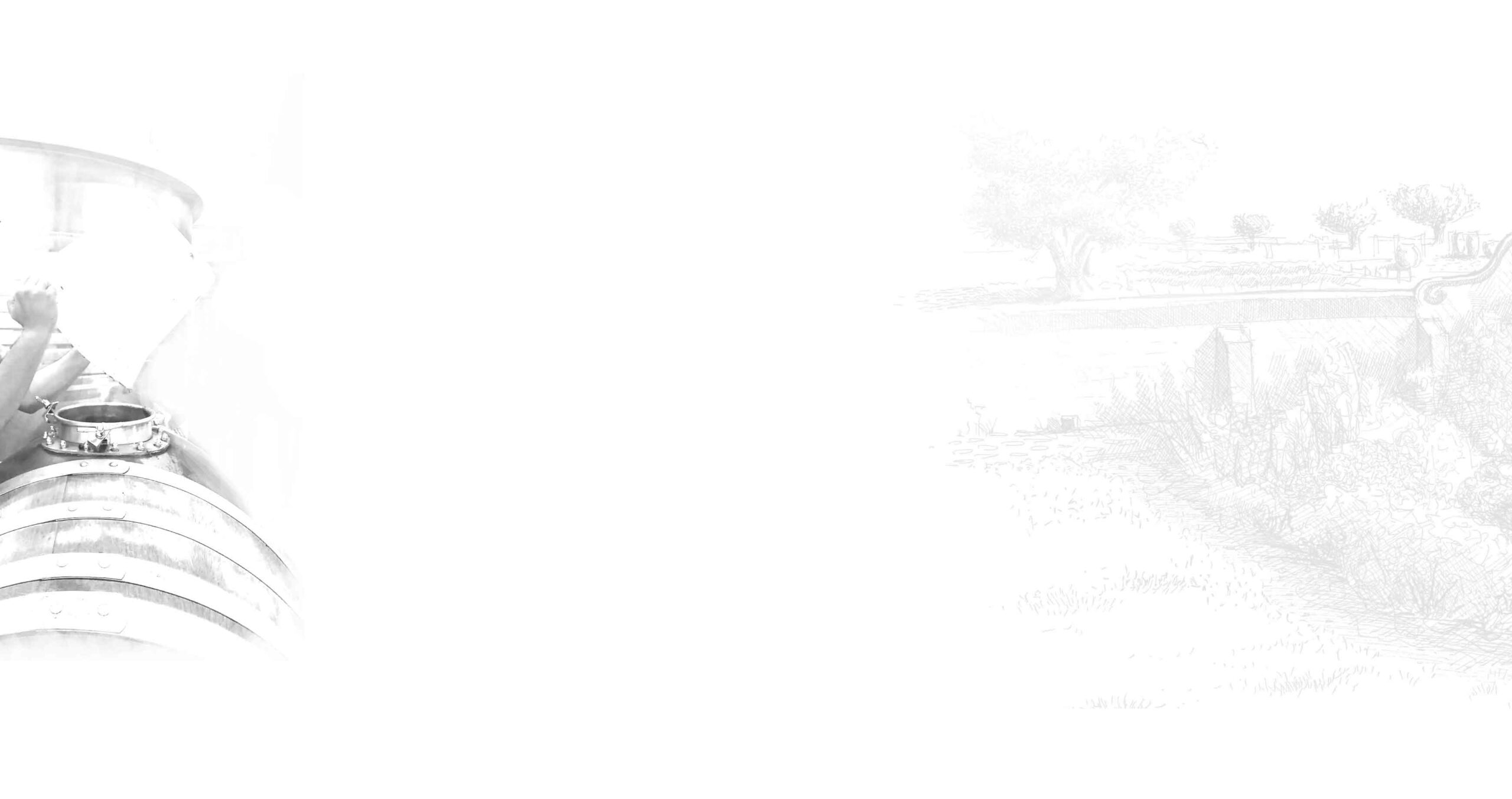
We planted 50 hectares of vines, bringing our total area to 200 hectares.
2007

We planted 50 hectares of vines, bringing our total area to 200 hectares.
2013
We acquired the Cardeira Velha vineyard with an area of 13 hectares. It is now 213 hectares.
2013
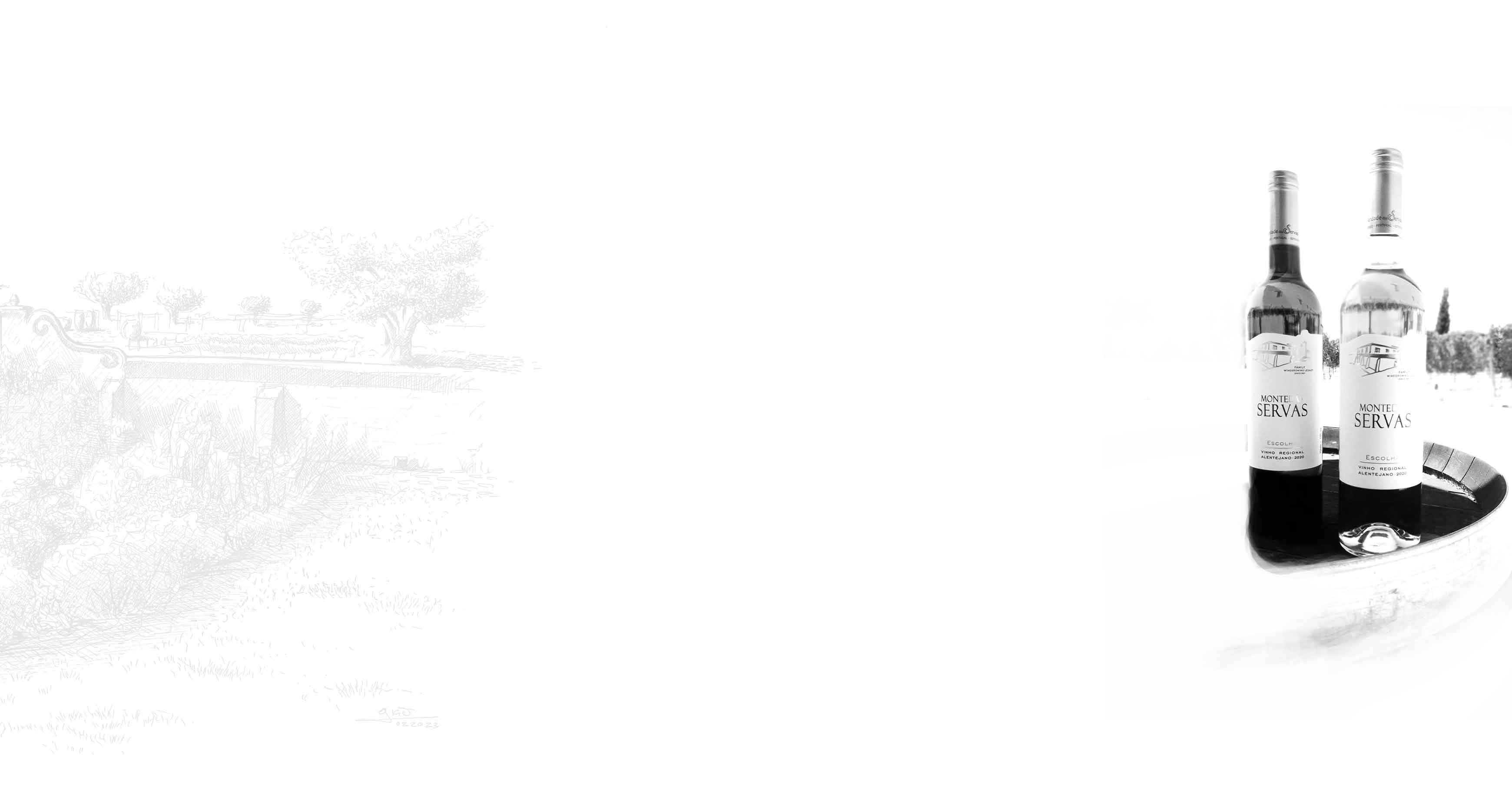
We acquired the Cardeira Velha vineyard with an area of 13 hectares. It is now 213 hectares.
2013

We acquired the Cardeira Velha vineyard with an area of 13 hectares. It is now 213 hectares.
2014
A further 13 hectares of vineyard were planted at Cardeira Nova. To 226 hectares.
2014

A further 13 hectares of vineyard were planted at Cardeira Nova. To 226 hectares.
2014

A further 13 hectares of vineyard were planted at Cardeira Nova. To 226 hectares.
2015
We acquired the Pêro-Lobo vineyard, also known as Oliveiras vineyard, with 28 hectares of vines. It now owns 254 hectares.
2015
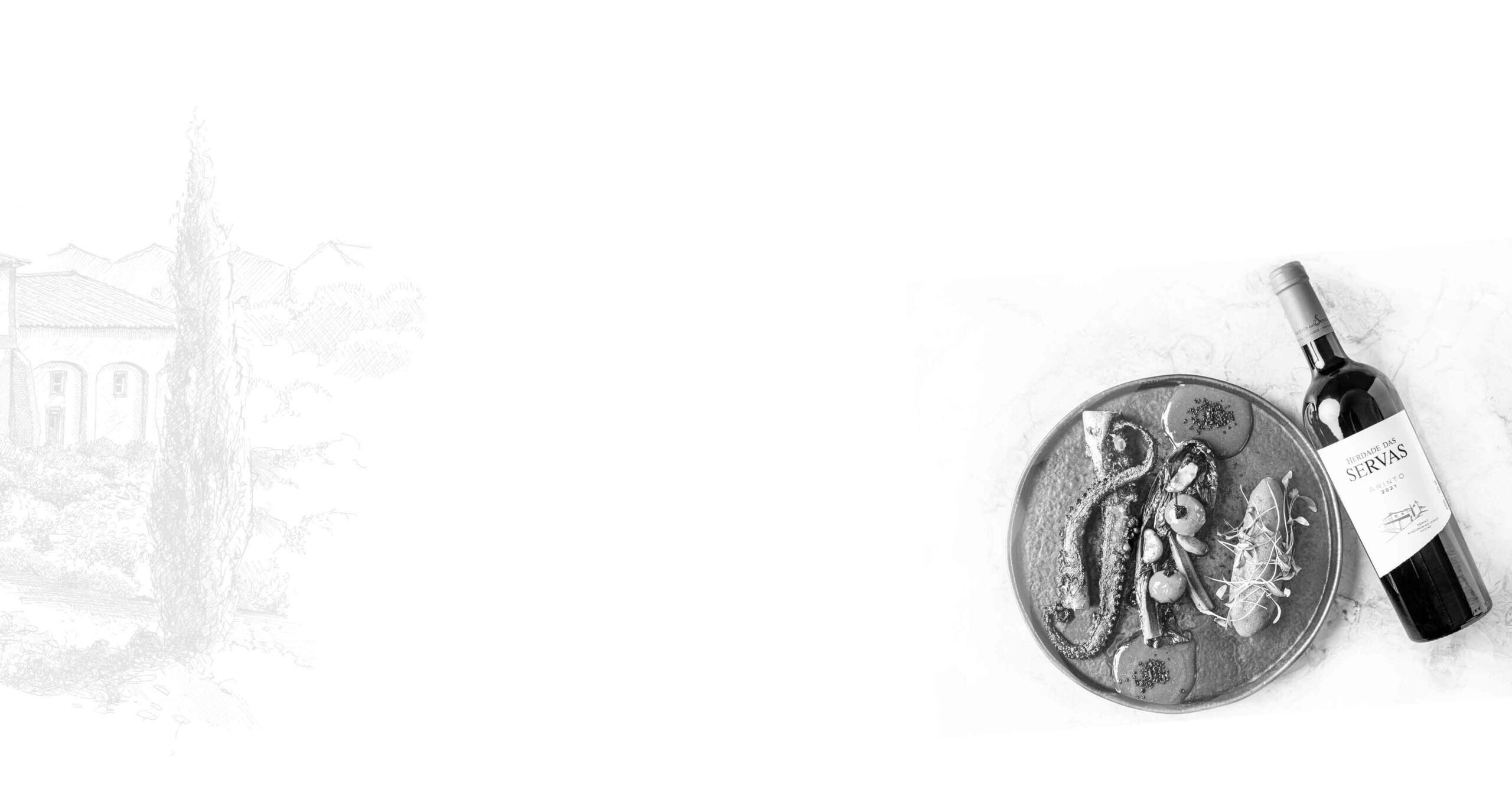
We acquired the Pêro-Lobo vineyard, also known as Oliveiras vineyard, with 28 hectares of vines. It now owns 254 hectares.
2015

We acquired the Pêro-Lobo vineyard, also known as Oliveiras vineyard, with 28 hectares of vines. It now owns 254 hectares.
2016
We bought Luis Serrano Mira’s great-uncle’s vineyard, known as the Clérigo vineyard, which covers 22 hectares. It now owns 276 hectares.
2016
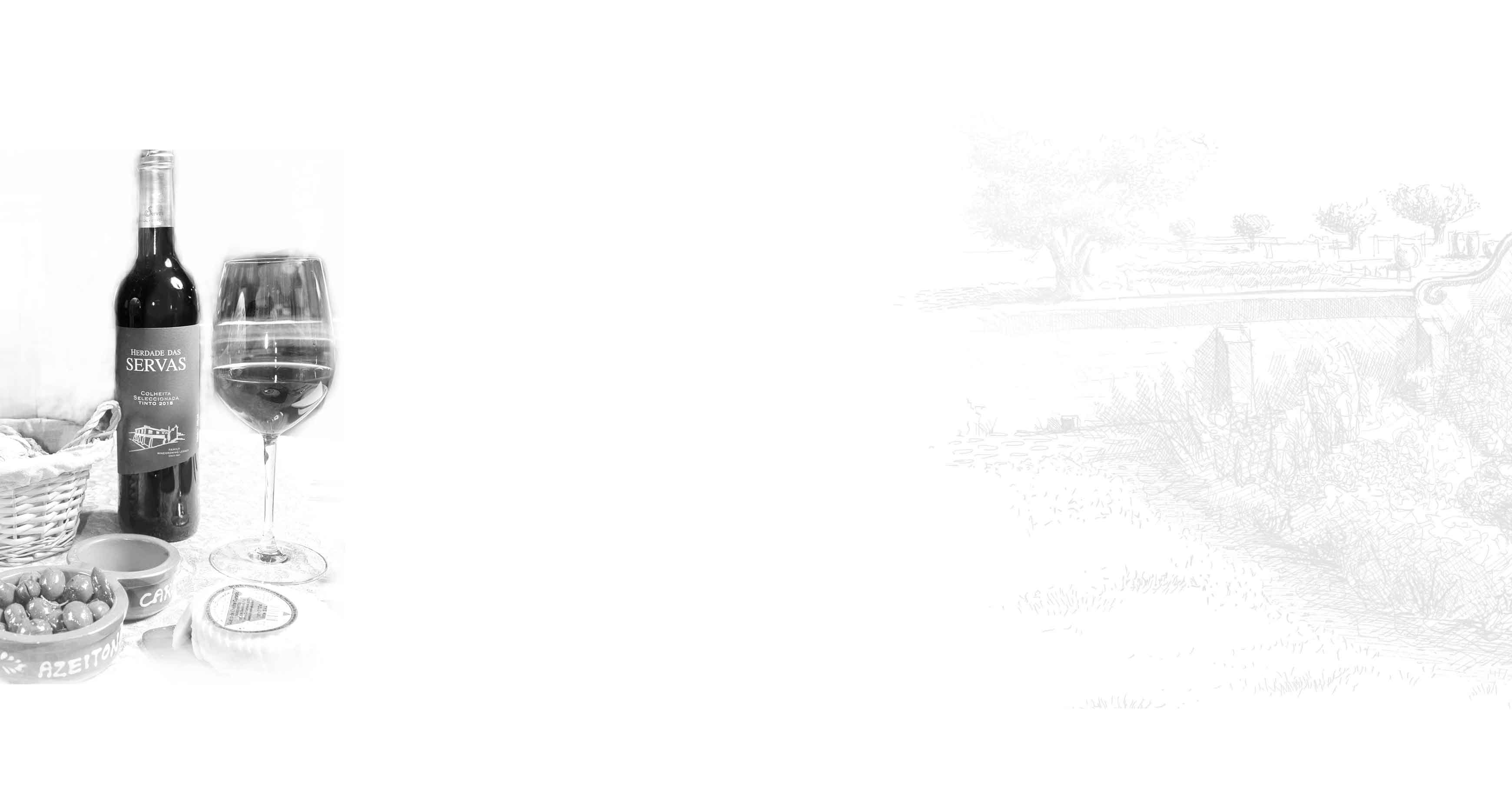
We bought Luis Serrano Mira’s great-uncle’s vineyard, known as the Clérigo vineyard, which covers 22 hectares. It now owns 276 hectares.
2016

We bought Luis Serrano Mira’s great-uncle’s vineyard, known as the Clérigo vineyard, which covers 22 hectares. It now owns 276 hectares.
2017
We expanded the area with the purchase of 70 hectares of vineyards at Herdade da Louseira, in the municipality of Estremoz, bringing the total to 346 hectares.
2017
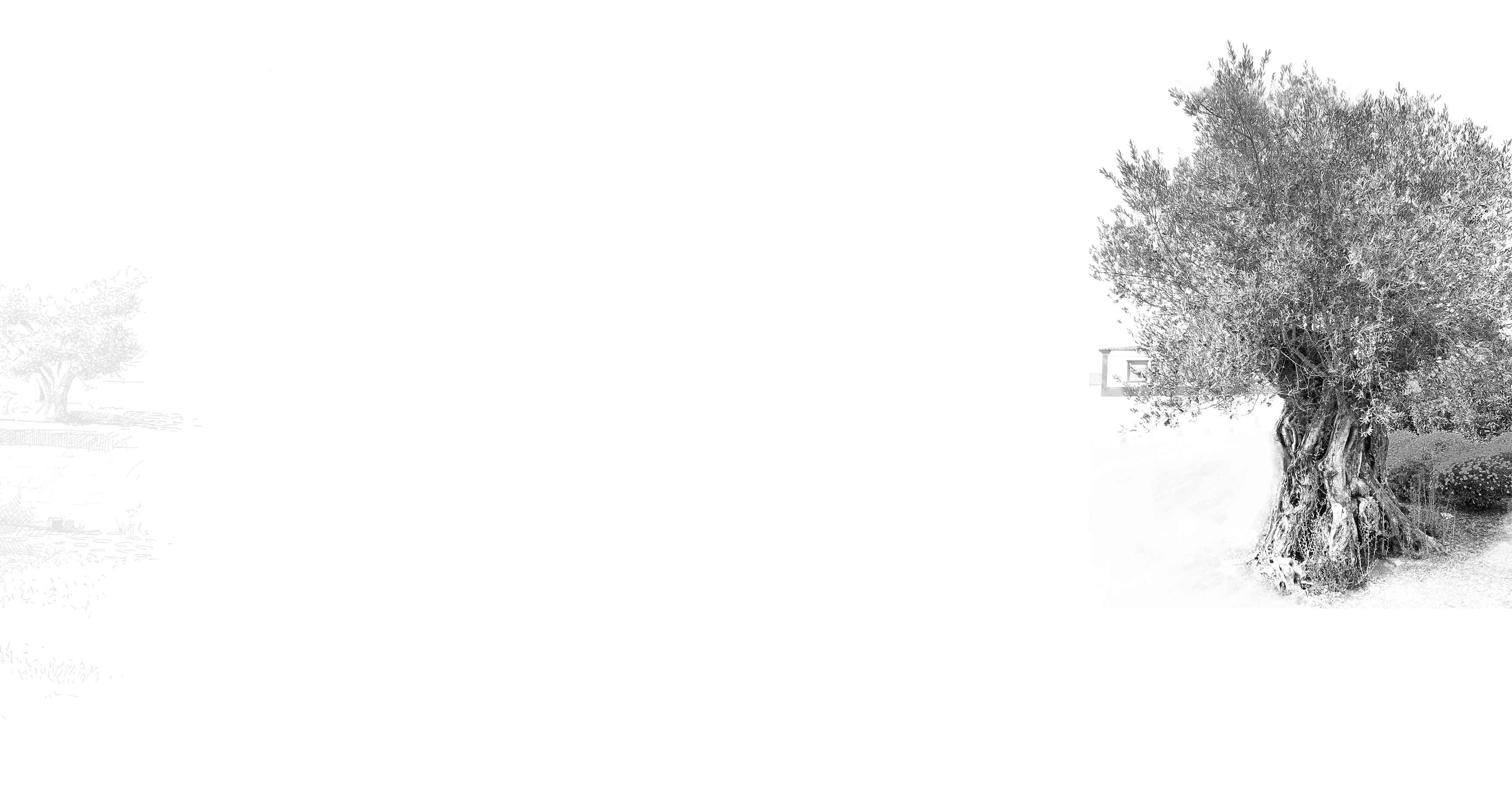
We expanded the area with the purchase of 70 hectares of vineyards at Herdade da Louseira, in the municipality of Estremoz, bringing the total to 346 hectares.
2017

We expanded the area with the purchase of 70 hectares of vineyards at Herdade da Louseira, in the municipality of Estremoz, bringing the total to 346 hectares.
2018
A further four hectares were planted at Herdade das Servas, giving a total area of 350 hectares.
2018
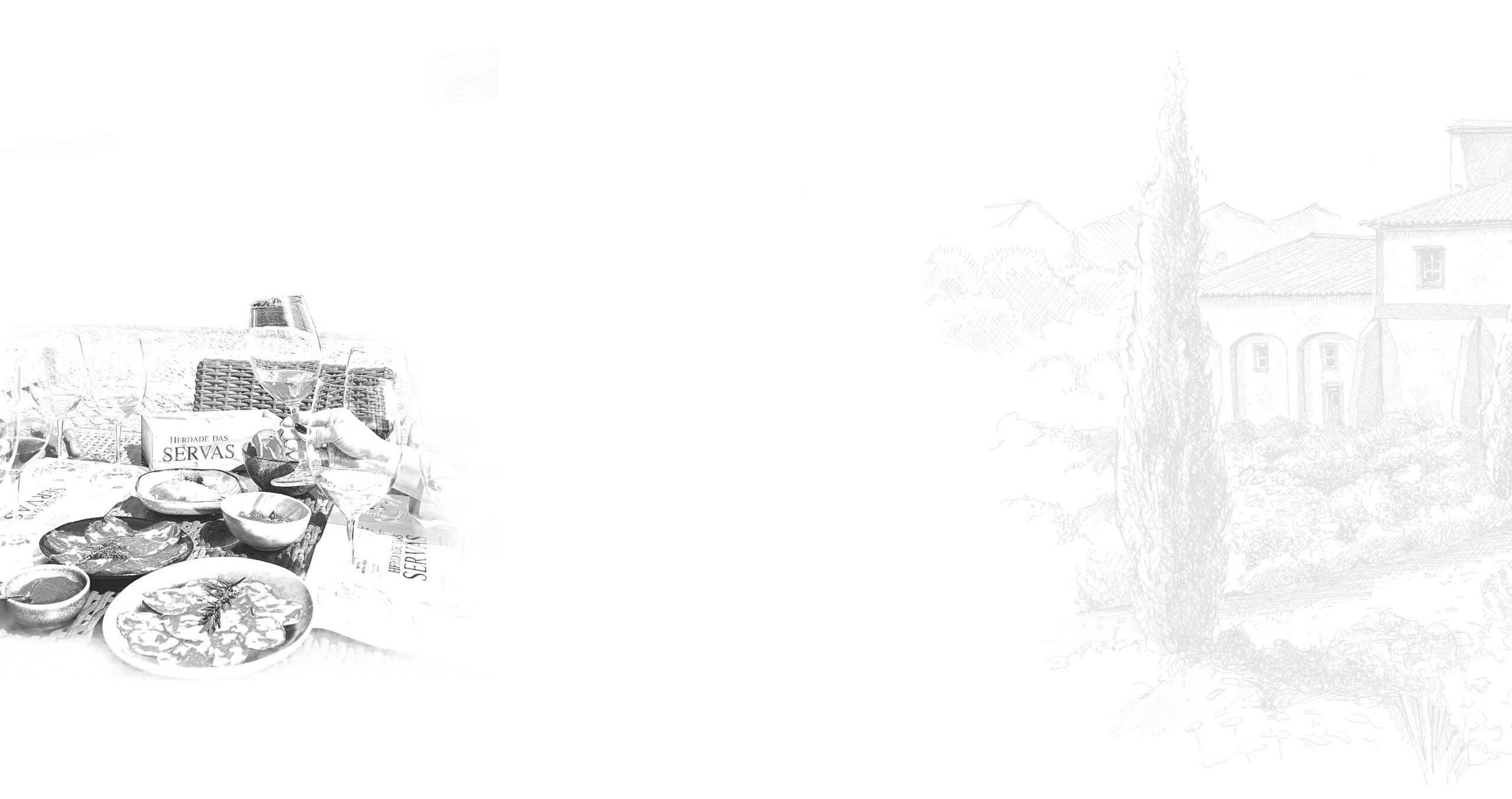
A further four hectares were planted at Herdade das Servas, giving a total area of 350 hectares.
2018

A further four hectares were planted at Herdade das Servas, giving a total area of 350 hectares.
2022
We expanded the area with the purchase of 70 hectares of vineyards at Herdade da Louseira, in the municipality of Estremoz, bringing the total to 346 hectares.
2022
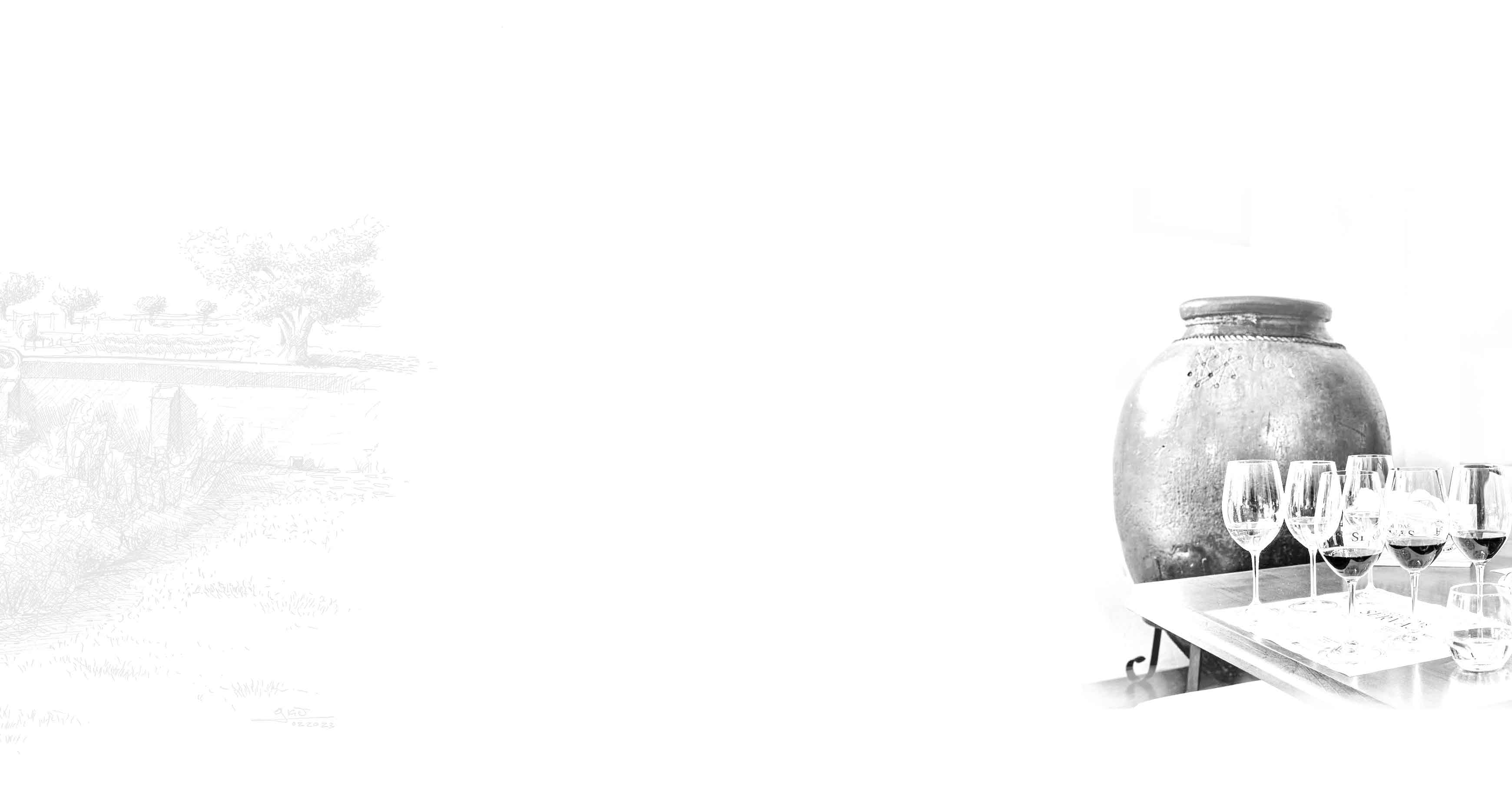
We expanded the area with the purchase of 70 hectares of vineyards at Herdade da Louseira, in the municipality of Estremoz, bringing the total to 346 hectares.
2023
The Serrano Mira umbrella brand appears, with the launch of a new logo, labels and wine references.
The 8-pointed star – present in the clay pots from 1667 – represents regeneration, abundance and the protection of crops. And it marks the beginning of a new era at Herdade das Servas.
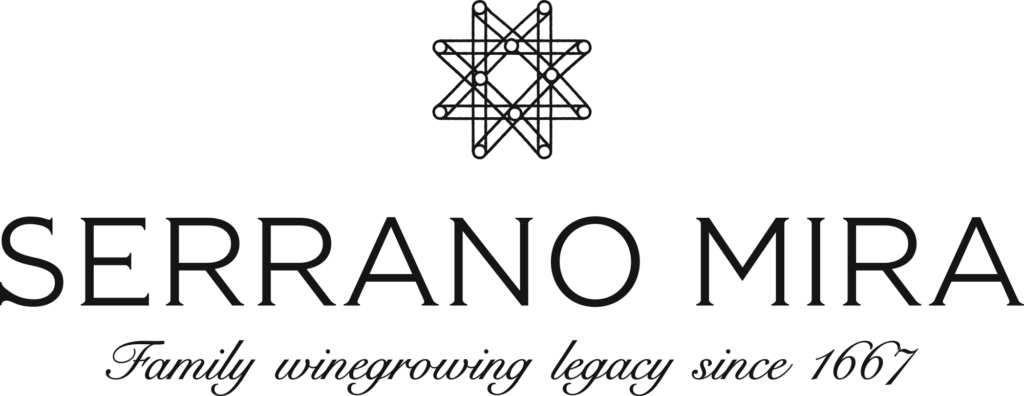
2023

The Serrano Mira umbrella brand appears, with the launch of a new logo, labels and wine references.
The 8-pointed star – present in the clay pots from 1667 – represents regeneration, abundance and the protection of crops. And it marks the beginning of a new era at Herdade das Servas.
2023

The Serrano Mira umbrella brand appears, with the launch of a new logo, labels and wine references.
The 8-pointed star – present in the clay pots from 1667 – represents regeneration, abundance and the protection of crops. And it marks the beginning of a new era at Herdade das Servas.



